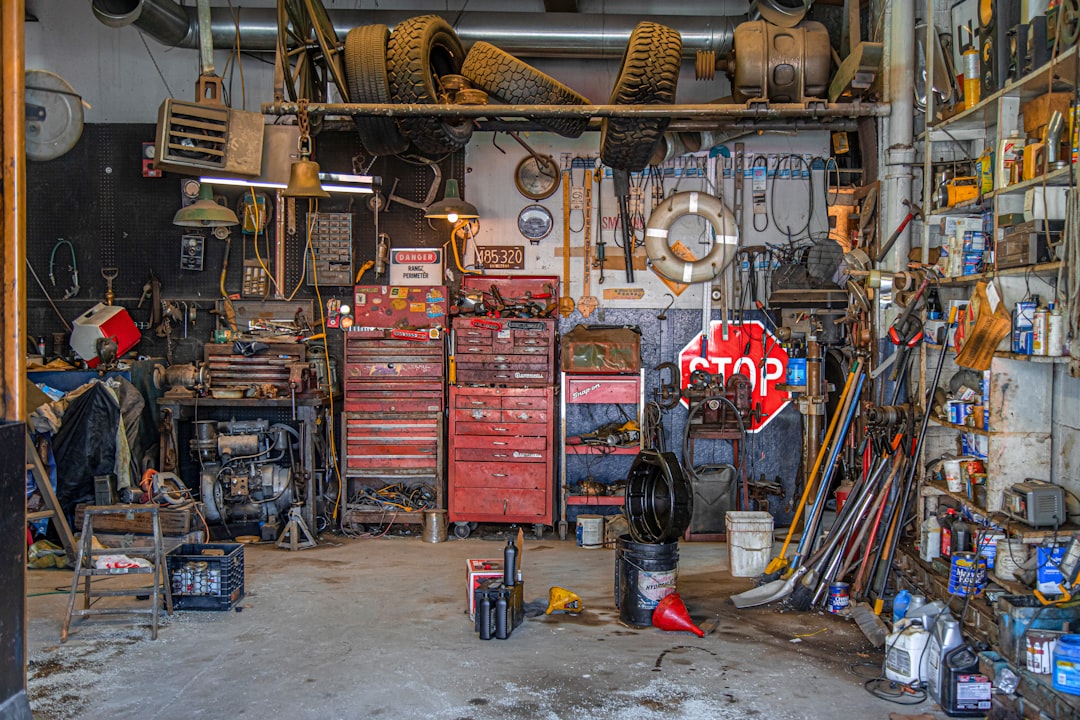In today’s fast-paced e-commerce environment, the efficiency of order fulfillment is crucial for success. One of the key components of this process is the pick and pack warehouse. This specialized facility plays a vital role in ensuring that products are accurately picked, packed, and shipped to customers in a timely manner. Understanding how a pick and pack warehouse operates can help businesses streamline their logistics and improve customer satisfaction.
### What is a Pick and Pack Warehouse?
A pick and pack warehouse is a storage facility where products are stored until they are ordered by customers. The process involves two main steps: picking and packing. During the picking phase, warehouse staff retrieve items from their designated locations based on customer orders. Once the items are gathered, they move to the packing stage, where they are prepared for shipment. This process is essential for businesses that rely on quick and efficient order fulfillment.
### The Picking Process
The picking process can vary depending on the size and complexity of the warehouse. In smaller warehouses, employees may pick items manually, while larger operations often utilize technology to enhance efficiency. Common methods include:
1. **Single Order Picking**: This method involves picking items for one order at a time. It is straightforward but can be time-consuming for high-volume orders.
2. **Batch Picking**: In this approach, multiple orders are picked simultaneously. This method can significantly reduce the time spent on picking, especially in larger warehouses.
3. **Zone Picking**: The warehouse is divided into zones, and each picker is responsible for a specific area. This can streamline the process and reduce travel time within the warehouse.
4. **Automated Picking**: Some warehouses incorporate automation technology, such as robots or conveyor systems, to facilitate the picking process, further enhancing efficiency.
### The Packing Process
Once the items are picked, they move to the packing station. Here, workers ensure that products are securely packaged for transport. Effective packing is crucial to prevent damage during shipping and to enhance the unboxing experience for customers. Key considerations during the packing process include:
– **Choosing the Right Packaging Materials**: Selecting appropriate boxes, padding, and tape can protect items and reduce shipping costs.
– **Labeling**: Accurate labeling is essential for ensuring that packages reach the correct destination. This includes shipping labels and any necessary documentation.
– **Quality Control**: Implementing quality control measures can help verify that the correct items are packed, reducing the chances of returns or customer dissatisfaction.
### Benefits of Using a Pick and Pack Warehouse
Utilizing a pick and pack warehouse offers several advantages for businesses:
– **Increased Efficiency**: Streamlined processes lead to faster order fulfillment, which can enhance customer satisfaction and loyalty.
– **Cost-Effective**: Outsourcing warehousing and fulfillment can reduce overhead costs associated with maintaining an in-house operation.
– **Scalability**: Businesses can easily scale their operations up or down based on demand without the need for significant investments in infrastructure.
– **Focus on Core Competencies**: By outsourcing logistics, companies can concentrate on their core business functions, such as marketing and product development.
### Conclusion
In conclusion, a pick and pack warehouse is an integral component of the modern supply chain, particularly for e-commerce businesses. By understanding the processes involved and the benefits of utilizing such a facility, companies can enhance their order fulfillment efficiency and ultimately improve customer satisfaction. As the demand for quick and reliable shipping continues to grow, investing in a reliable pick and pack warehouse solution can be a game-changer for businesses looking to thrive in a competitive market.








